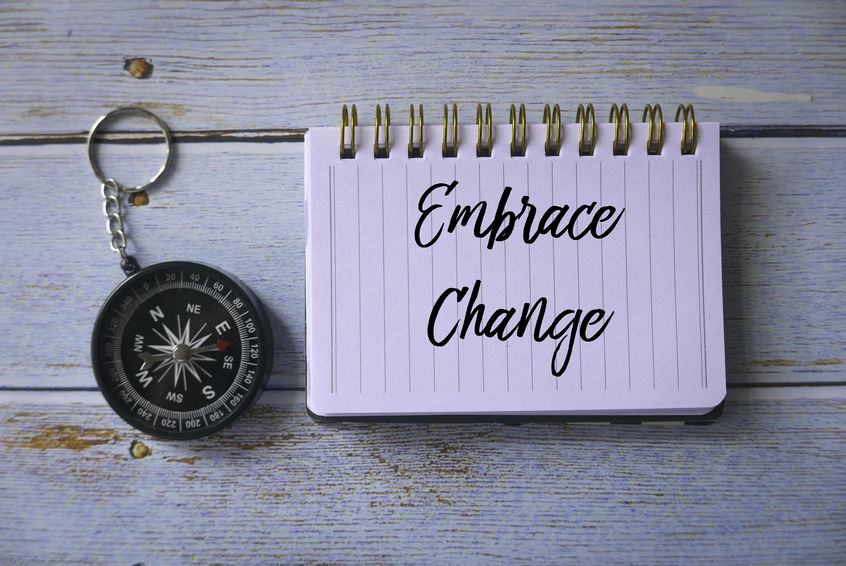How to Embrace
Change Etiquette-fully

Change is always happening and recent years have brought on a great deal of it. For many, this onslaught of change has ripped away their sense of security. Things are not what we expected them to be and the world feels scarier than it ever has.
Unfortunately, scary blends quickly into pessimistic and faulty thinking. The problems of our time can seem permanent and pervasive.
On the good side, understanding how to embrace change offers opportunity to mindfully and optimistically deal with the moment. Etiquette can help smooth this re-positioning of our responsibilities and obligations.
Embracing etiquette provides a comforting and friendly feeling to others and helps us feel good about ourselves.
You Decide
Whether you submit to pessimism or maintain an optimistic attitude, the choice is yours. Change may be inevitable, but only you are in charge of how you deal with it.
Moving through this process presents the opportunity to choose etiquette as your guide. You might ask yourself:
- Will my decision allow me to move forward with integrity?
- Am I showing respect for myself and others involved if I make this choice?
- What is the kindest decision I can make right now?
An example of this may be your decision to wear a mask when out in public. You may not know if you’ve been exposed to COVID-19 and you certainly wouldn’t want to spread it if you have, so wearing a mask shows respect and kindness for the people around you.
How to Embrace Change by Changing Yourself
Ironically, embracing change often involves changing yourself. Eliminating phrases like “I can’t” or “I could never do . . .” and adapting a more open-minded approach is a good first step whether or not you intend to go along with whatever change you are facing.
Letting go of any importance you have for what others think of you is also a positive step. Outside opinions have a way of keeping us from taking action or sharing our own thoughts and knowledge.
Change is complicated. Understanding how it applies to you and how much of it is within your control not only helps you change your own attitude, but helps you influence other people.
The Stabilizing Force of Civility
Changes and the choices that surround them are bound to make you lose your footing at times. Rather than become overwhelmed by the chaos, center yourself with civility. You are not only in charge of how to embrace change in your life, but you are also in charge of how you choose to present yourself as a human being.
Etiquette is now-oriented. Employing etiquette guidelines keeps you present with yourself and the people in your surrounding environment. Recognizing others keeps you connected.
- Greetings are always in order. If you’re wearing a mask, head nods work pretty well and can be experienced as smiles.
- Even if you’re physically distanced while waiting in a line, make eye contact and offer a pleasantry such as, “These lines seem shorter and shorter,” or “Waiting outside is so nice on a gorgeous day like this.”
- Compliments are verbal hugs and it feels great to get one.
“Thanks for being so polite.”
“I noticed that you always show up promptly and first on our Zoom meetings. You set an example for me.” - Saying or writing a person’s name when on the phone or communicating via text, chat, or email is always a sign of respect.
Showing civility is beneficial to all involved in any situation. You know you’ve presented your best self and others see you as a person they could admire. Actions of graciousness and kindness steady you in the unpredictability of change.
As former president Jimmy Carter reminds us: “We must adjust to changing times and still hold to unchanging principles.” The heart and soul of etiquette are the great unchanging principles, which can steady us as we navigate how to embrace change.














